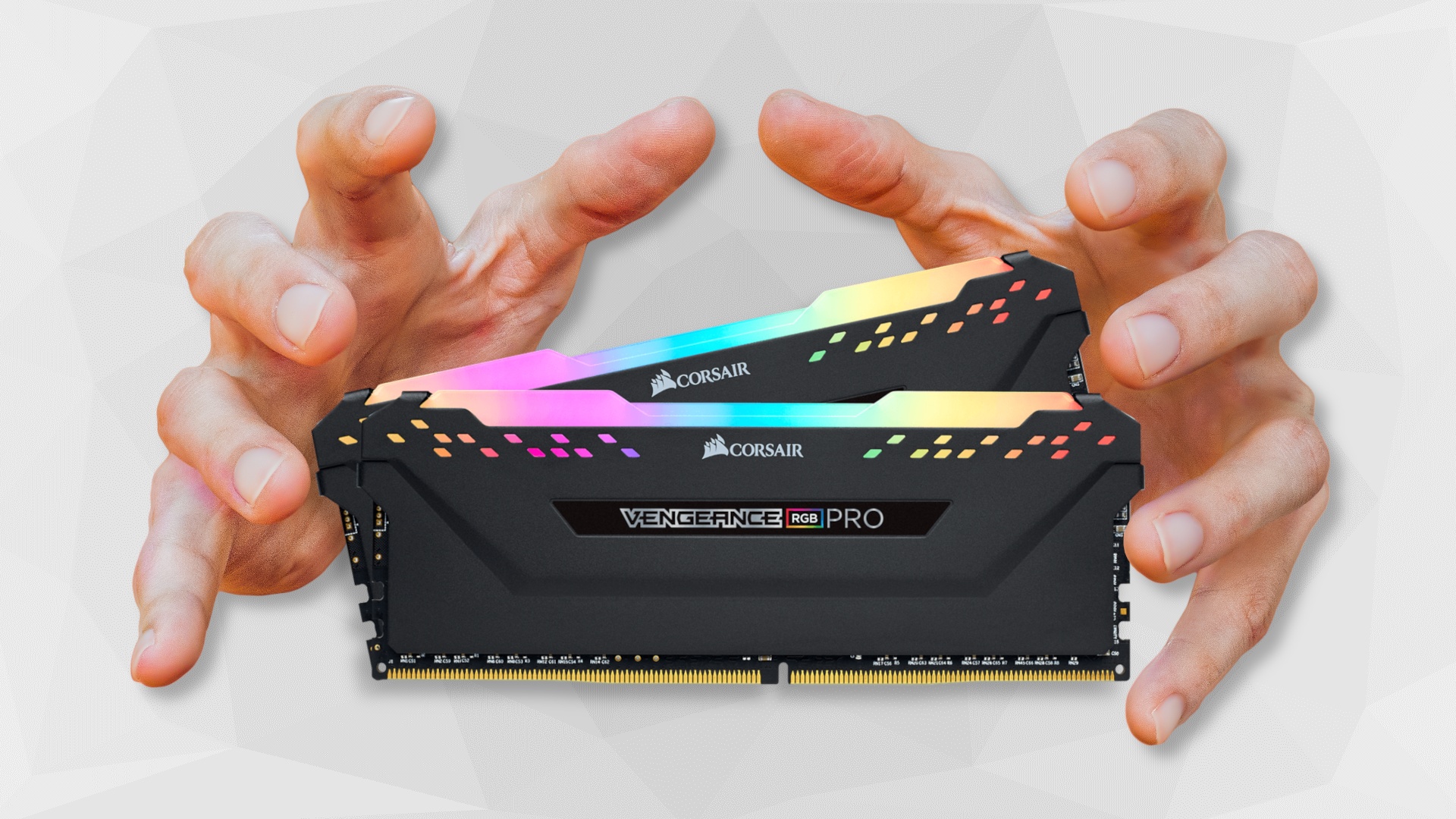Yes, you are absolutely right. There isn’t a single good reason to add and remove memory while the PC is running. But I’ve found at least two bad reasons for doing so: because I can, and to be honest, I wasn’t sure exactly what was happening before. If you feel the same way, you can change that by reading this article.
I also have to admit that this experiment was somewhat unique from my series of more or less pointless tests (more on that at the end of the article). I’ve installed and removed graphics cards, CPUs and RAM a thousand times while the computer was off – but never while it was on. A somewhat frightening and at the same time special experience.
But enough about me, let’s switch to you! More precisely, it’s about your assessment of what exactly happens when you swap RAM on the fly? Please feel free to take part in the following two surveys before we look at the results. Of course, if you want to cheat, you can easily do that. But that would be just as pointless as adding and removing RAM while the computer is still running.
On the other hand, it is much more advisable to check whether you are also operating your RAM at the clock speeds and timings that it supports – which in my experience is often overlooked. You can find out more about this in the article Why many PCs run too slowly and how this can easily be changed
First survey (remove RAM)
Second survey (install RAM)
The resolution based on my own experiences with two different test systems can be found behind a click in the following info box.
Resolution: What happens when you change the RAM during operation?
My two test PCs with AMD and Intel CPUs (Socket AM4 or Socket 1151) and DDR4 RAM reacted identically to removing one of the two RAM bars: The PC hung up, so the image froze immediately and the The computer didn’t respond to any inputs. Incidentally, unsurprisingly, the same thing happens if only one RAM stick is installed.
The situation is different if you install a second RAM stick during operation. At least my test systems completely ignored th is and I was able to continue using them normally. However, the additional RAM bar was only recognized after the PC was switched off and on again. Just restarting Windows is not enough.
Some links included on this page are affiliate links. Depending on the provider, GameStar receives a small commission for purchases made via these links without affecting the price.
More info.
Incidentally, no hardware was damaged in the course of this small experiment. So I was able to continue using all the components and the entire PC afterwards without any problems. Of course, the whole thing is not recommended for imitation – even if I’m sure that it doesn’t really need this hint in this case.
More hardware experiments in What happens if…
-style I have already performed in the past. Check out the following articles if you’ve got a taste:
Feel free to write in the comments which answer you voted for and why. Also, if there are any other experiments you want me to torment my test systems with, please let me know. As long as it can be assumed that the hardware will not be damaged, I am still willing to do some outrages.









